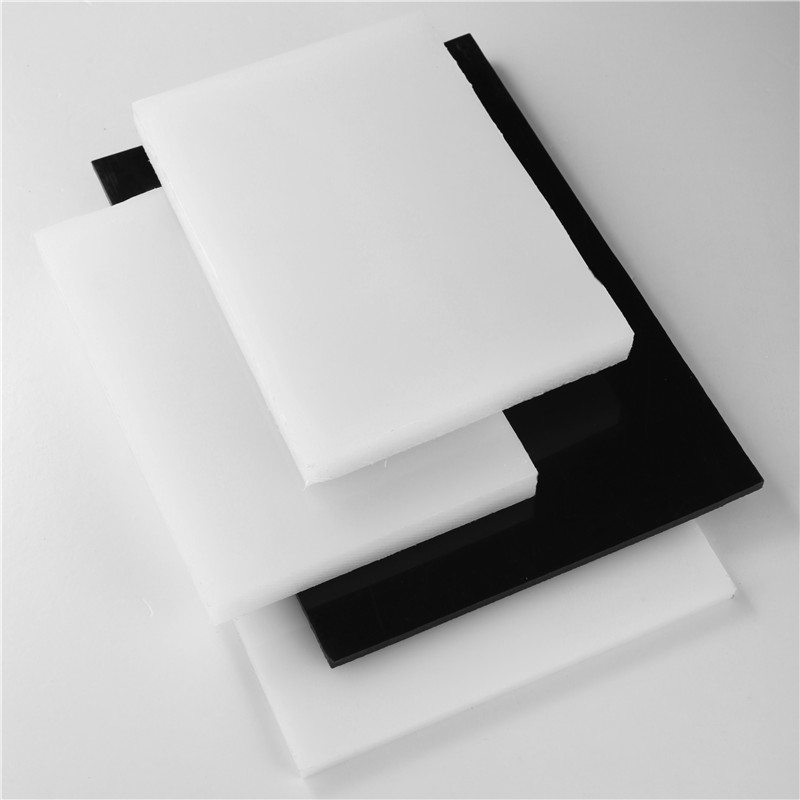dec . 16, 2024 14:00 Back to list
ppr pipe fittings
Understanding PPR Pipe Fittings A Comprehensive Guide
PPR pipe fittings have gained significant popularity in plumbing and construction applications due to their versatile properties and benefits. PPR stands for Polypropylene Random Copolymer, which is a thermoplastic polymer known for its durability, chemical resistance, and lightweight nature. These characteristics make PPR pipe fittings an ideal choice for a variety of installations, ranging from residential water systems to large-scale industrial applications.
The Advantages of PPR Pipe Fittings
1. Durability and Longevity One of the most notable advantages of PPR pipe fittings is their durability. They are resistant to corrosion, scaling, and the build-up of deposits, which contributes to a longer lifespan compared to traditional materials such as metal or PVC. PPR fittings can withstand high pressure and temperature, making them suitable for hot and cold water applications.
2. Chemical Resistance PPR pipe fittings are highly resistant to a wide range of chemicals, including acids and bases. This makes them an excellent choice for chemical processing industries, laboratories, and locations where chemical exposure is common. Their inert nature means they won't react with the substances they carry.
3. Lightweight and Easy to Handle The lightweight nature of PPR fittings makes them easy to transport and install. Unlike heavier materials, PPR can be easily cut, joined, and manipulated without requiring heavy machinery or specialized labor, which can significantly lower installation costs.
4. Thermal Insulation PPR fittings have good thermal insulation properties. This characteristic helps maintain the temperature of liquids, whether they are hot or cold, which can enhance the efficiency of heating and cooling systems. As a result, energy consumption is often lower than with other piping materials.
5. Cost-Effectiveness While the initial cost of PPR fittings may be comparable to other materials, the long-term savings in maintenance, durability, and energy efficiency make them a cost-effective solution for both residential and commercial applications.
ppr pipe fittings

Types of PPR Pipe Fittings
PPR pipe fittings come in various shapes and sizes to accommodate the needs of different plumbing systems. Some of the most common types include
- Elbows Used to change the direction of piping, elbows come in various angles (such as 45 or 90 degrees) to suit specific installation requirements. - Tees These fittings are used to create a branch in the piping system, allowing for the connection of additional pipes. - Crosses Similar to tees but with four outlets, crosses allow for more complex branching within the piping system. - Reducers These fittings are used to connect pipes of different diameters, ensuring a smooth flow of fluids from one size to another. - End Caps End caps are used to seal the end of a pipe, preventing leaks and ensuring that fluids do not escape the piping system.
Installation and Maintenance
Installing PPR pipe fittings is a straightforward process that typically involves heat fusion. The edges of the pipe and fitting are heated until they become soft, and then they are pressed together to form a strong bond. This method results in joints that are as strong as the pipe itself and eliminates the need for additional adhesives or solvents.
Maintenance of PPR pipe systems is minimal due to their resistance to corrosion and scaling. Regular inspections should be conducted to ensure there are no leaks or damage; however, the longevity of PPR fittings often means they require less frequent maintenance compared to other materials.
Conclusion
PPR pipe fittings offer numerous advantages that make them an ideal choice for a wide range of plumbing and industrial applications. Their durability, chemical resistance, and cost-effectiveness make them a pragmatic option for both new installations and repairs. As the demand for reliable and sustainable plumbing solutions continues to grow, PPR fittings are likely to become even more prevalent in both residential and commercial sectors. Understanding the benefits and applications of PPR pipe fittings is essential for anyone involved in construction, plumbing, or facility maintenance, paving the way for more efficient and effective systems.
-
Durable Glossy PVC Rigid Sheet | Premium High-Shine Panels
NewsAug.26,2025
-
Durable PP Rigid Sheet: Lightweight, Chemical Resistant Solutions
NewsAug.21,2025
-
PVC Grey Sheet for Extraction: Chemical Resistant & Durable
NewsAug.19,2025
-
Durable PVC Pipe Fittings for Plumbing & Irrigation Needs
NewsAug.18,2025
-
HDPE Steel Belt Reinforced Spiral Corrugated Pipe | High Strength
NewsAug.17,2025
-
HDPE Pipe Fittings: Durable, Leak-Proof Solutions
NewsAug.16,2025

